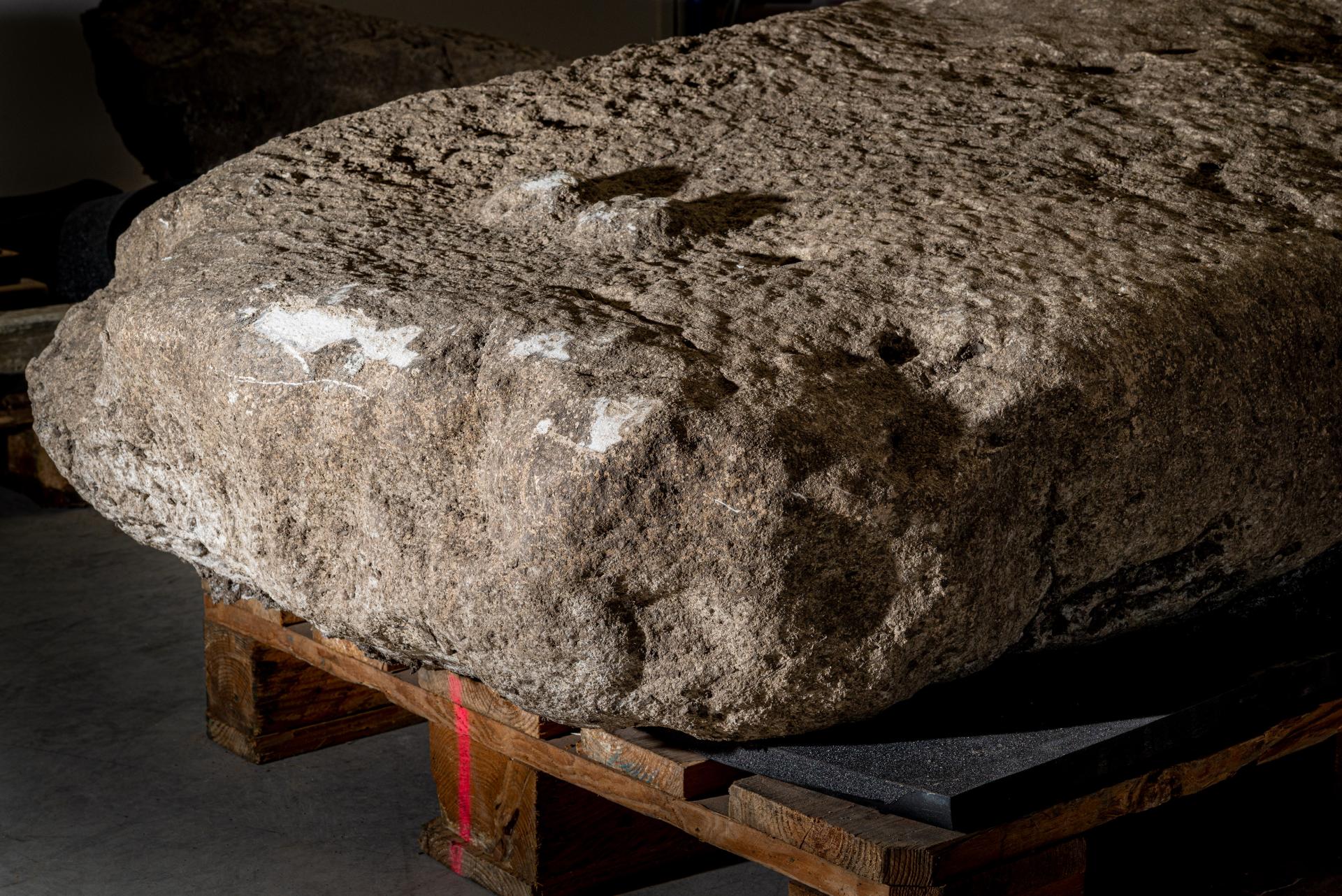Natural Citizen
American Made
- Aug 8, 2016
- 26,853
- 26,160
I wonder who was in the tomb that led them to go to so much trouble.
Anyway...
In September, a team led by Ivy Thomson, an archaeologist with the National Institute for Preventive Archaeological Research (INRAP), unearthed a rocky trove: about 30 basalt stones, called menhirs, in a 500-foot-long line; five menhirs arranged in a horseshoe shape; and a single limestone rock roughly carved to resemble a human. The stones in the alignment generally got smaller the farther south they were found, suggesting an intentional north-south plane in the construction of the monument.
“This is an exceptional tomb,” says Thomson. “It is monumental, involving [a lot of people in its] construction, yet it [contains] only one individual. It is undeniable that the man for whom this tomb was built was a person of great importance.”
Thomson says the stones that composed the tomb and surrounding megaliths—some of which weighed a ton—were brought to Puy-de-Dôme from multiple sites in the surrounding area. The stones’ numerous origins may suggest that several communities were involved in the construction of the site.
Continued - Found: Central France’s First Megalith
Anyway...
In September, a team led by Ivy Thomson, an archaeologist with the National Institute for Preventive Archaeological Research (INRAP), unearthed a rocky trove: about 30 basalt stones, called menhirs, in a 500-foot-long line; five menhirs arranged in a horseshoe shape; and a single limestone rock roughly carved to resemble a human. The stones in the alignment generally got smaller the farther south they were found, suggesting an intentional north-south plane in the construction of the monument.
“This is an exceptional tomb,” says Thomson. “It is monumental, involving [a lot of people in its] construction, yet it [contains] only one individual. It is undeniable that the man for whom this tomb was built was a person of great importance.”
Thomson says the stones that composed the tomb and surrounding megaliths—some of which weighed a ton—were brought to Puy-de-Dôme from multiple sites in the surrounding area. The stones’ numerous origins may suggest that several communities were involved in the construction of the site.
Continued - Found: Central France’s First Megalith

